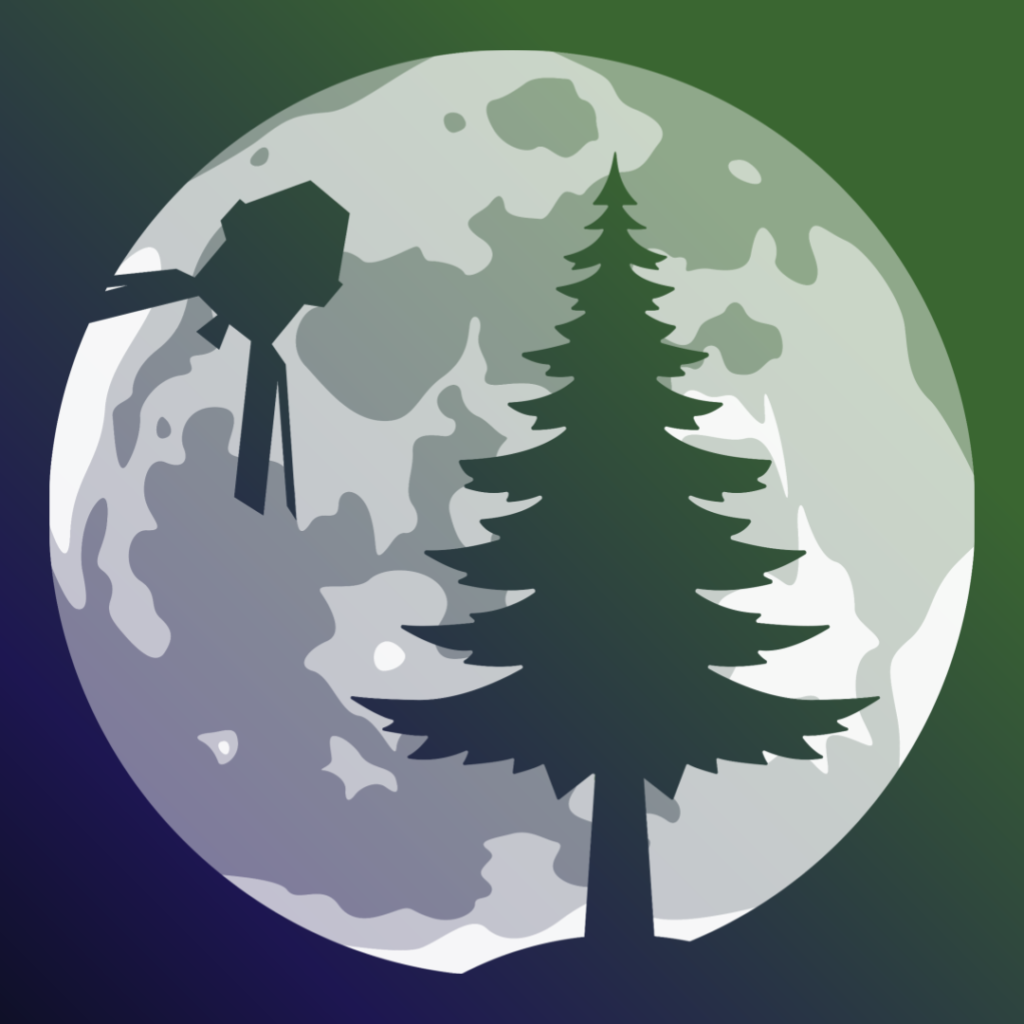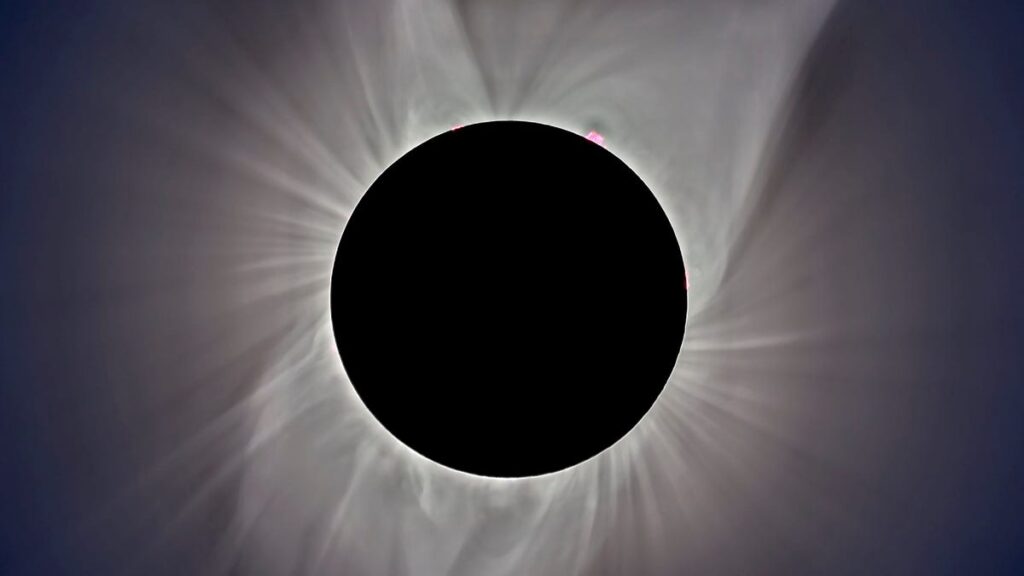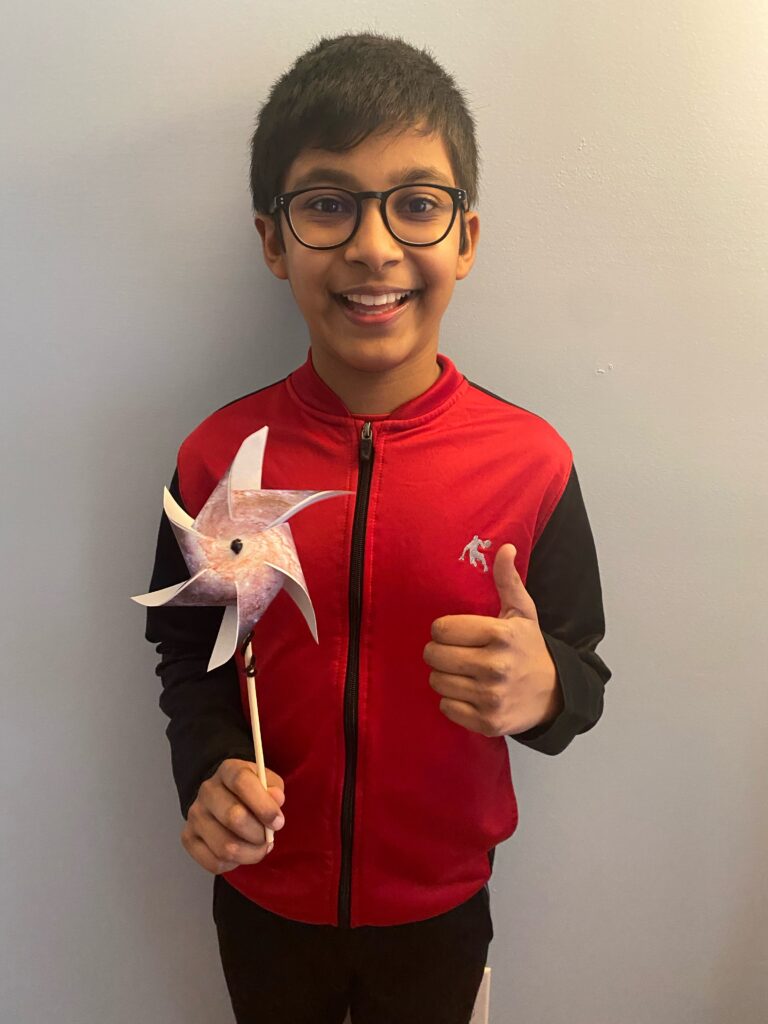A Day with the Stars

A Day with the Stars
by Lindsay Rowe, STEM Coordinator, Boys & Girls Clubs of Carson
On July 20th, 1969 the Apollo 11 Lunar Module “Eagle” landed on the moon, and Commander Neil Armstrong and Lunar Module Pilot Buzz Aldrin took their first steps on the lunar surface. Fifty-four years later, on July 20th, 2023, students of the Boys and Girls Clubs of Carson at King Drew Magnet High School of Medicine and Science, as well as 2nd–6th grade students at 186th Street Elementary, took their first steps into the world of astrophysics in a Girls STEAM Ahead with NASA (GSAWN)-supported event called “A Day with the Stars.”
The Boys and Girls Clubs of Carson is an afterschool organization offering services to under-resourced youth in South Los Angeles communities. The Clubs’ services include mentorship and programs to support academic and career success, healthy lifestyles, and good character and leadership development. Our youth members are 53% female-identifying and 47% male-identifying, with 99% identifying as students of color.
During the event, students participated in rotational hands-on workshops where they learned about inspirational women in science who paved the way for others, the exciting formation of nebulae, how scientists use computer science to analyze raw data from telescopes, and explored the many different career paths in space science.
Women of NASA
With programming support from Girls STEAM Ahead with NASA (a NASA’s Universe of Learning Project) through the National Girls Collaborative Project, our students at King Drew, which boasts a large population of girls in STEM, were given the opportunity to learn about many women in science and NASA. Many of our girls got to see, for the first time, inspirational women in STEM who looked like them on posters that now decorate the student space using the Women in STEM Poster Series. The girls read brief biographies of Melba Roy, Annie Easley, Mae Jemison, and Wanda Diaz; learning about each woman’s triumph over discrimination and personal struggles. Feeling empowered, we transitioned to the first activity with the words of Annie Easley’s mother, “You can be anything you want to be, but you have to work at it”.
Making Coding Fun
In the first activity, students put their math skills to the test using NASA’s Universe of Learning activity “De-Coding Starlight: From Pixels to Images”, using raw data collected from the Chandra X-ray Observatory to reproduce an image for the supernova remnant Cassiopeia A. Students were given full freedom to choose their supernova color palette, creating a colorful mural of vastly different renditions of Cas A. One student asked, “Which drawing is correct?” after noticing his peers’ images did not resemble his own. This clever observation led to a discussion on the use of “false color,” and how scientists use energy, temperature, and other radiation properties to assign colors to astrophysical images.
Light Up Galaxy Cards
To further build their skills, students became engineers to create simple circuits through NASA’s Universe of Learning activity “Paper Circuits: Light Up Exploded Stars”. Using foldable postcards, with a picture and information on different celestial bodies, students constructed circuits using copper tape, coin batteries, and LEDs that lit up their photos.
Despite the fact that both the Decoding Starlight and Paper Circuits activities were suggested for more advanced learners, our youngest students also adopted a scientist mindset by persevering, and completed the two activities with excited yells of accomplishment.
Build – A – Nebula
For the last rotation, students learned about and shared their own knowledge of nebula in an all-time club favorite activity, Nebula Spin Art. First, we showed the students examples of the four basic types of nebulae. Next, our oldest students strategically attempted to create particular nebulae from their own imagination, while our youngest students created explosively colorful nebulae, unknowingly demonstrating entropy.
This activity is a naturally collaborative effort with older students excitedly helping their younger peers create their masterpiece with a salad spinner, black paper squares, and plenty of paint and glitter.
While the nebulae were cooling down and drying off, students were tasked with creating a name for their nebula, and deciding where their nebula lived in the universe.
Across all students and staff, Nebula Spin Art has become a permanent and well-loved activity among our 9 afterschool sites.
Cool Careers
When students think of NASA, they often think of one thing, astronauts. While astronauts do play a very important role in science, there are also many different careers to be found at NASA and other space organizations that students often don’t get to learn about. Through the different activities presented during the event, students were exposed to different career paths such as coding and data analysis, mathematics, engineering, and research.
“That’s One Small Step”
Our youth grow up and live in communities known as “Concrete Jungles,” where their access to nature is limited and their skies are clouded by smog and light pollution. Through this event, students were given access to a world beyond the one they are familiar with, and expanded their horizon of knowledge and careers. It is our hope that this day of great fun and discovery inspired our students to not only reach for the stars, but to explore beyond.
NASA’s Universe of Learning is a competitively selected member of the NASA Science Activation program. The Science Activation program connects NASA science experts, and real content and experiences with community leaders to do science in ways that activate minds and promote deeper understanding of our world and beyond.This work is supported by NASA under award number NNX16AC65A to the Space Telescope Science Institute, in partnership with Caltech/IPAC, Center for Astrophysics | Harvard & Smithsonian, and JPL.
Any opinions, findings, and conclusions or recommendations expressed in this material are those of the author(s) and do not necessarily reflect the views of the National Aeronautics and Space Administration.






Responses